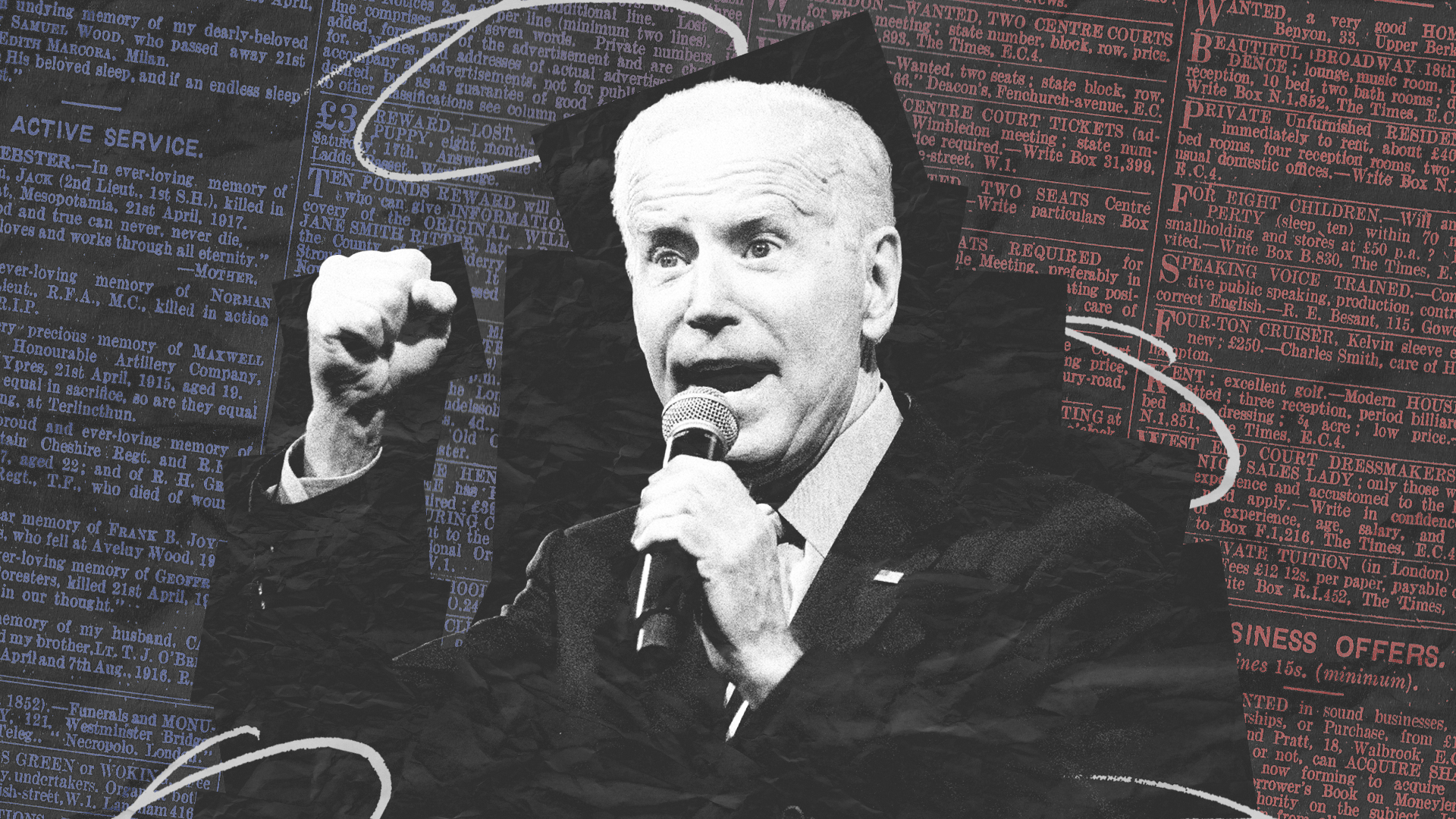The election of President Joe Biden brought forth a renewed sense of hope and urgency in the fight against climate change.
On April 22, 2021, world leaders were brought together at the Leaders’ Summit on Climate.
With a firm commitment to reversing the policies of the previous administration, Biden promised bold action to address pressing environmental challenges, from rejoining international agreements to implementing ambitious clean energy initiatives.
However, throughout his tenure, Biden’s road to a green America hasn’t come without obstacles.
Assessing the success of politicians in meeting their climate promises is of paramount importance. By holding politicians accountable for their commitments, we ensure transparency, foster trust, and drive meaningful action.
During his election campaign, Biden outlined four priorities in his green agenda.
Firstly, just a few hours after his inauguration, Biden signed the Paris Agreement, making it one of his first official acts in office. This decision marked a swift reversal of the previous administration’s policies and demonstrated Biden’s commitment to addressing climate change.
Another key focus was transitioning to a clean energy economy. He recognized the importance of reducing reliance on fossil fuels, pledging to invest in solar and wind power, as well as support the development of clean technologies.
This transition aimed to create sustainable jobs and foster the growth of clean energy industries mainly through an infrastructure plan. These investments would support the development of electric vehicle charging stations, expand renewable energy projects, and enhance the resilience and efficiency of the energy system with a goal to double offshore wind production by 2030.
In his first week in office, Biden signed an executive order aimed at transitioning the entire government vehicle fleet, which consists of approximately 650,000 cars, to electric vehicles.
Additionally, he successfully secured $15 billion USD as part of a bipartisan infrastructure package to support the installation of electric vehicle charging stations and the electrification of public transit systems.
Environmental justice was also made to be a central focus of his agenda.
He aimed to address the disproportionate impact of pollution and climate change on marginalized communities. This included ensuring equitable access to clean air, clean water, and a healthy environment.
To make this happen, an executive order was signed to establish the White House Environmental Justice Interagency Council, which aims to address the disproportionate impact of pollution and climate change on marginalized communities.
He has also directed federal agencies to develop strategies for advancing environmental justice, including increased enforcement of environmental regulations in affected communities.
Steps have been made to address legacy pollution by directing resources and funding to clean up and remediate contaminated sites, with a focus on areas with high environmental justice concerns. This includes investing in the cleanup of abandoned mines and promoting environmental justice in the context of clean energy transition.
Lastly, Biden aimed to restore and strengthen environmental regulations that had been rolled back under the previous administration.
He sought to reverse decisions that weakened climate change policies, promote stricter emission standards, and adopt measures to protect natural habitats and biodiversity. By restoring and bolstering environmental regulations, he aimed to safeguard air quality, protect water resources, and preserve public lands.
He ordered reviews for regulations related to environmental protection, including those governing vehicle emissions, methane emissions from the oil and gas sector, and water pollution. These orders aimed to reinstate stricter standards and requirements to address climate change and protect natural resources.
The Biden administration sought to enhance the role of science in decision-making processes.
They reinstated scientific advisory committees and reversed policies that limited the use of scientific research in rulemaking to ensure that environmental regulations and policies are based on sound scientific evidence and expertise.
Furthermore, the administration increased funding for environmental enforcement agencies, such as the Environmental Protection Agency (EPA), and directed them to prioritize enforcement actions against polluters. The focus was on holding accountable those who violated environmental regulations and ensuring that companies take necessary measures to reduce pollution and protect the environment.




















